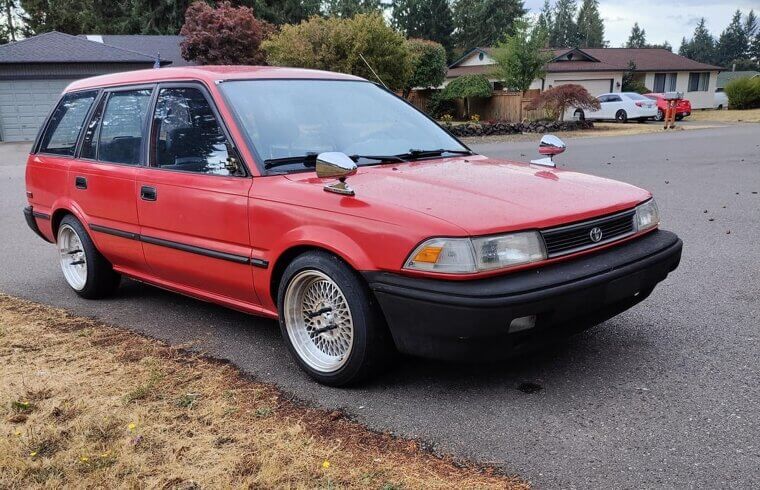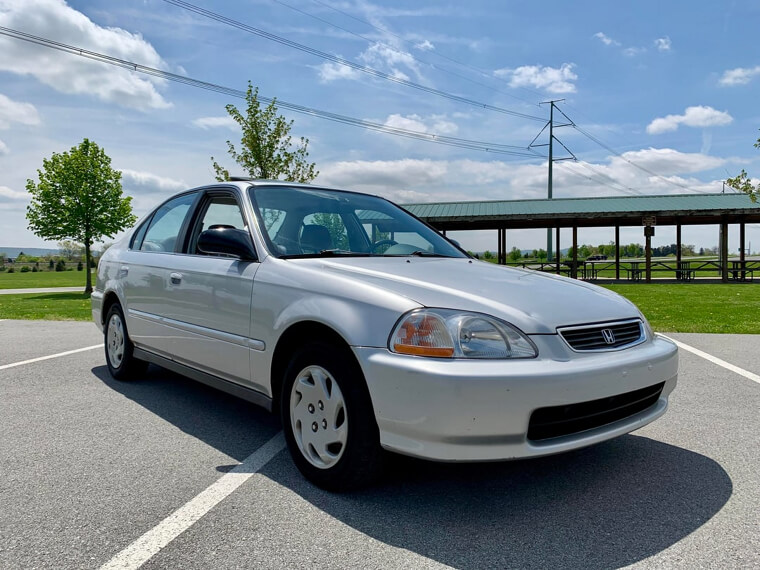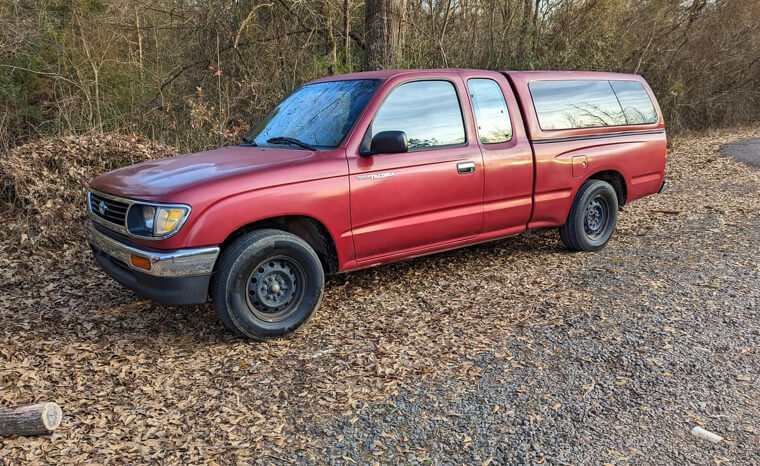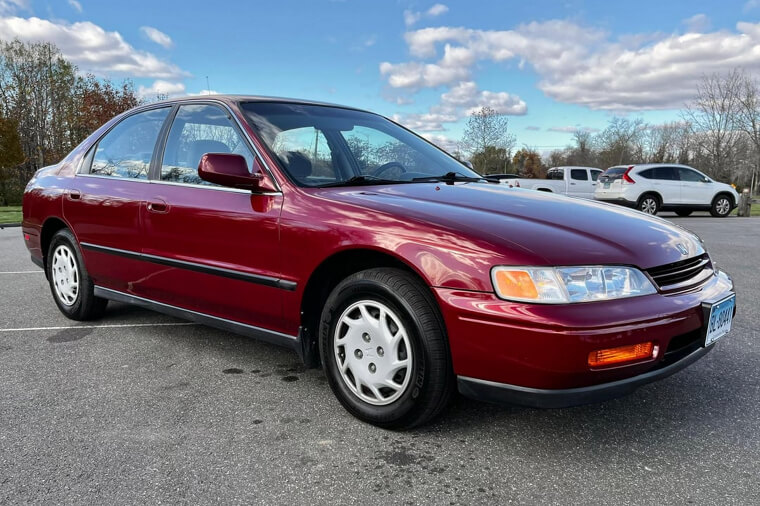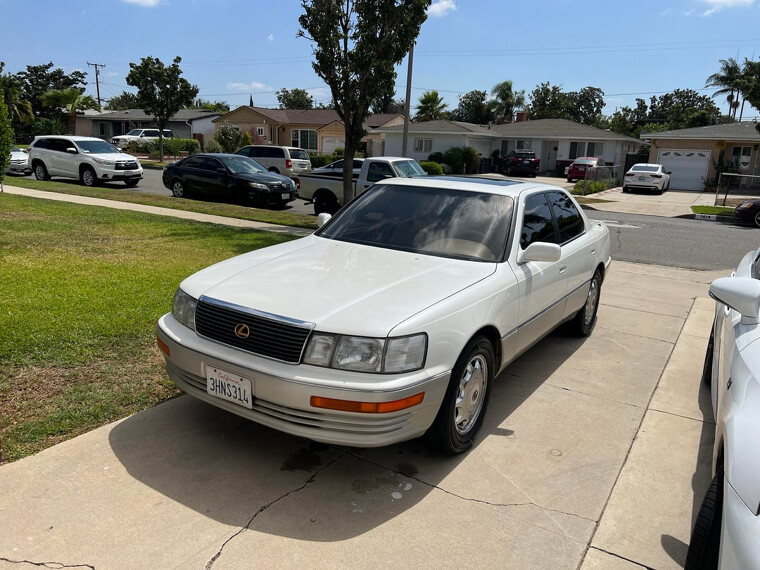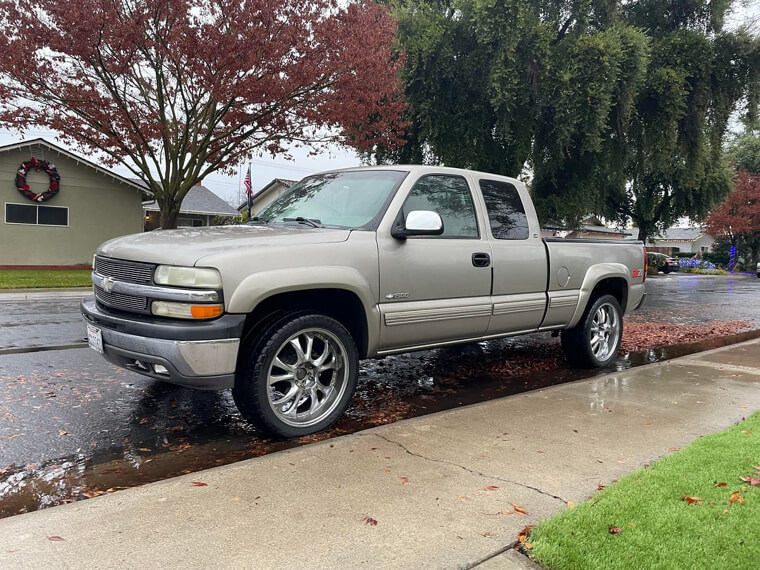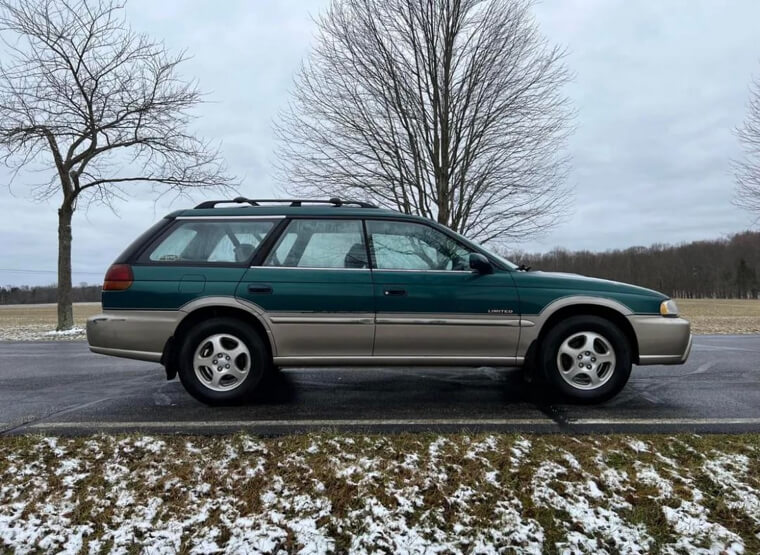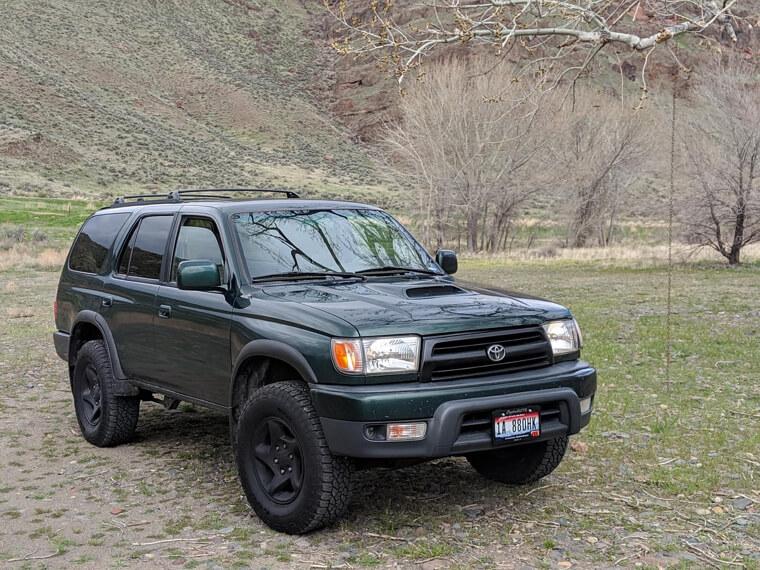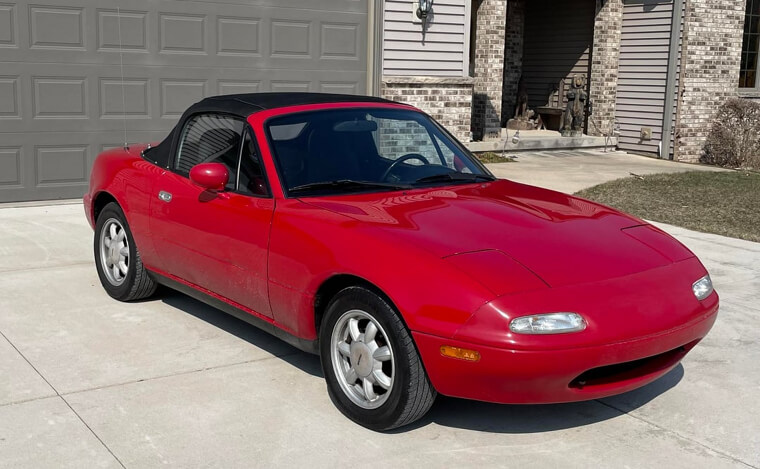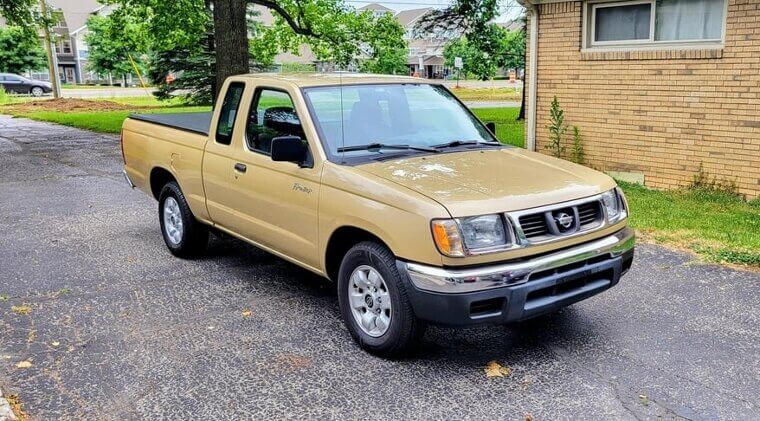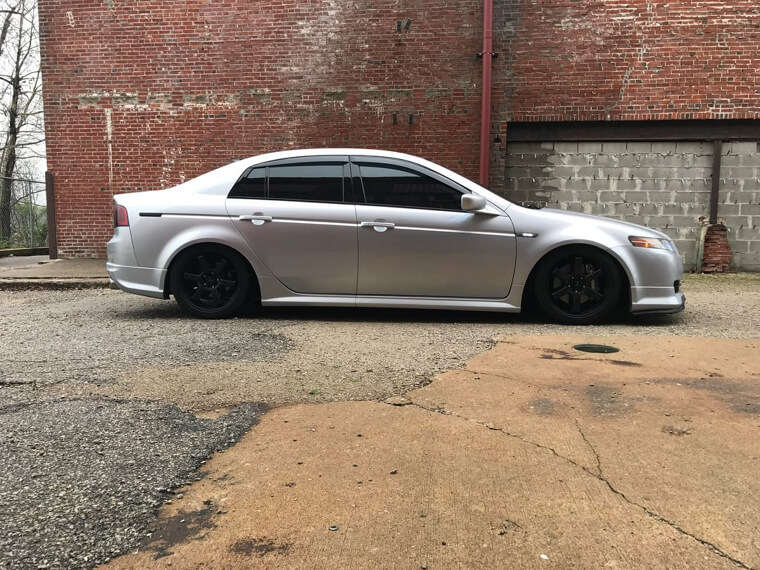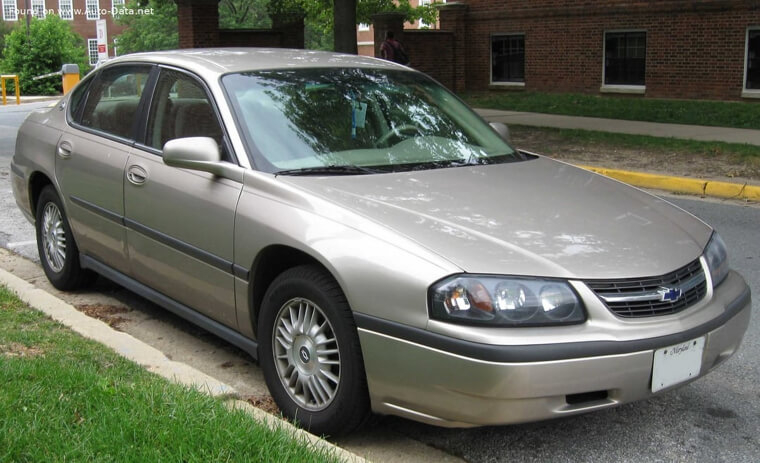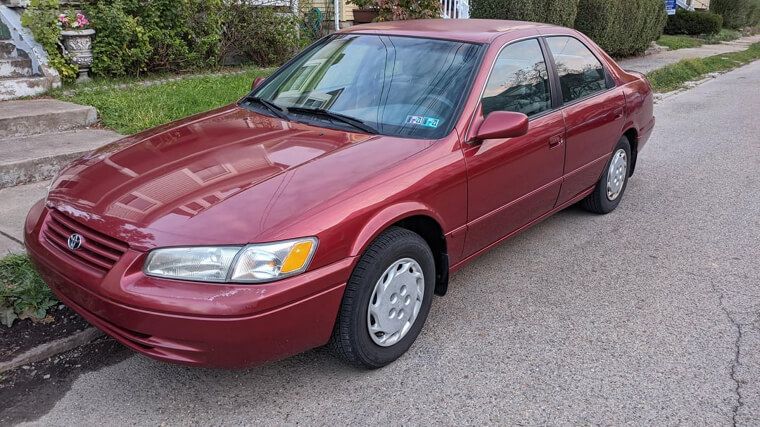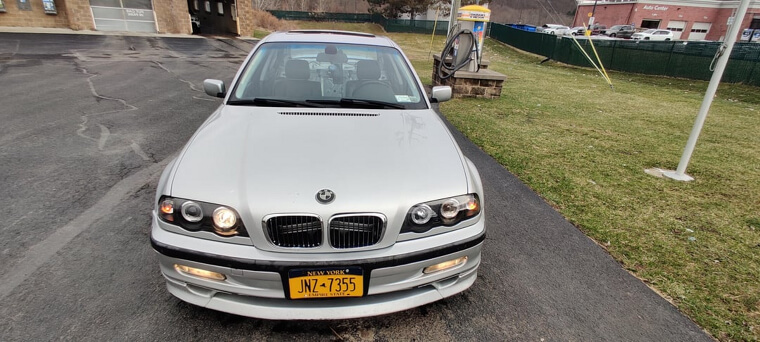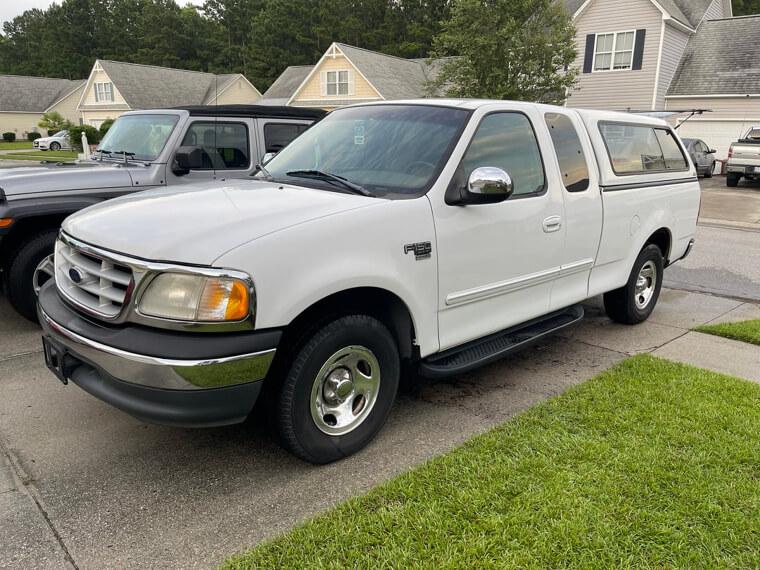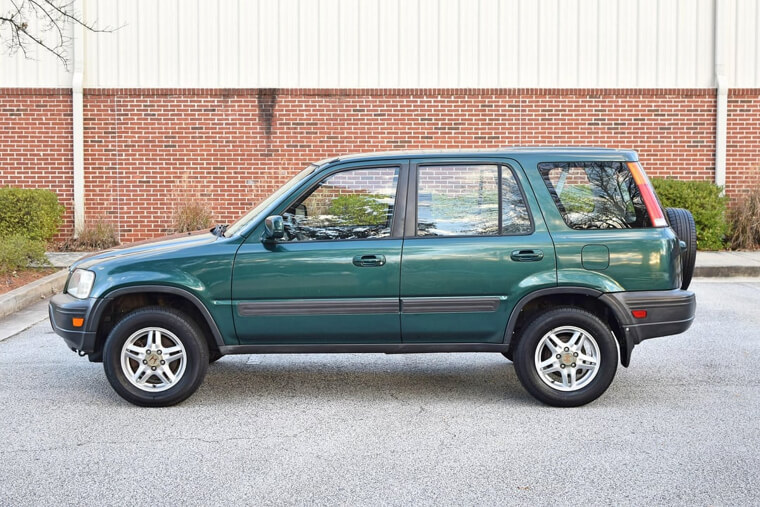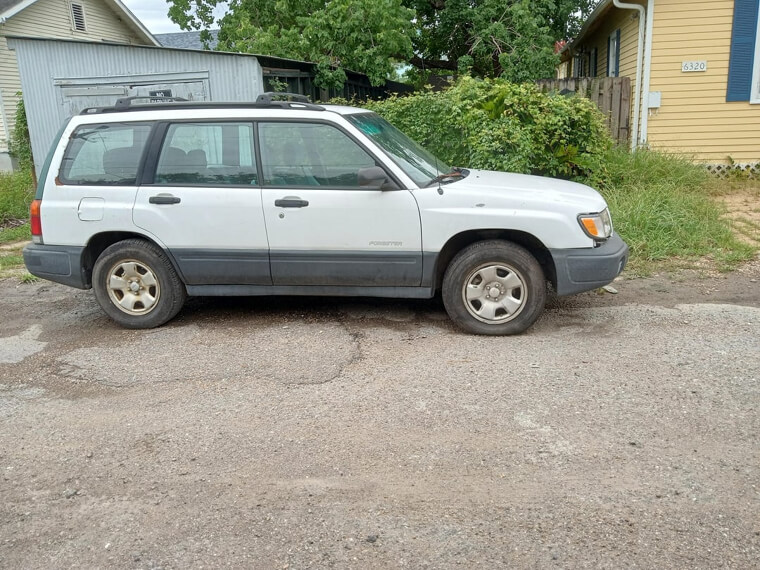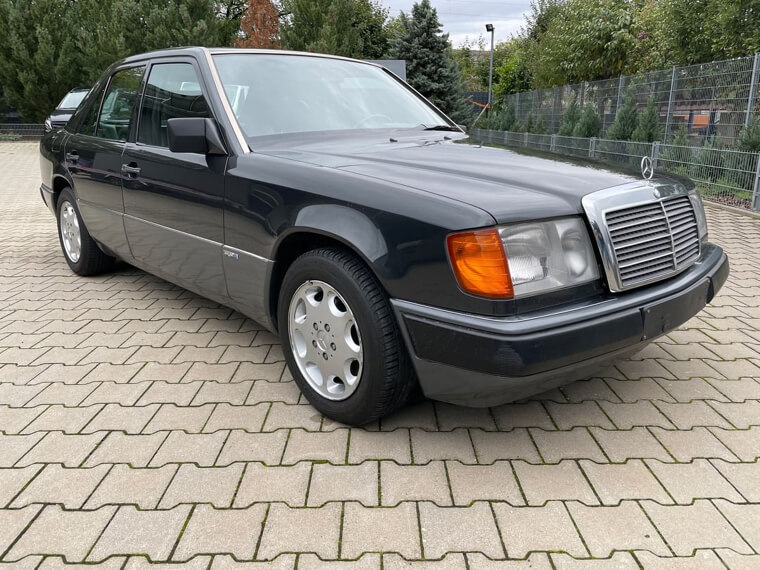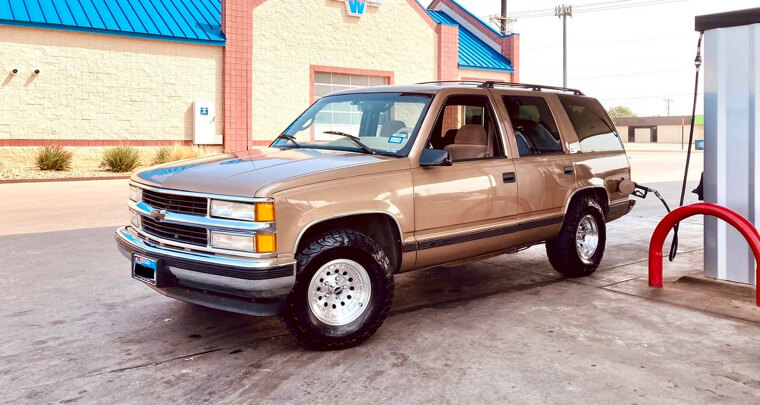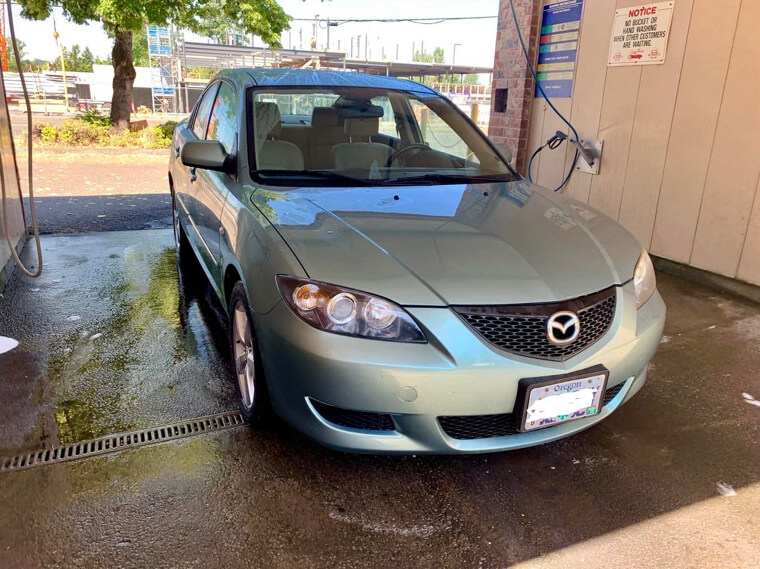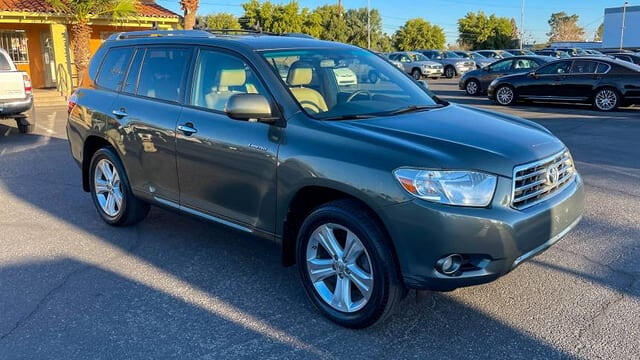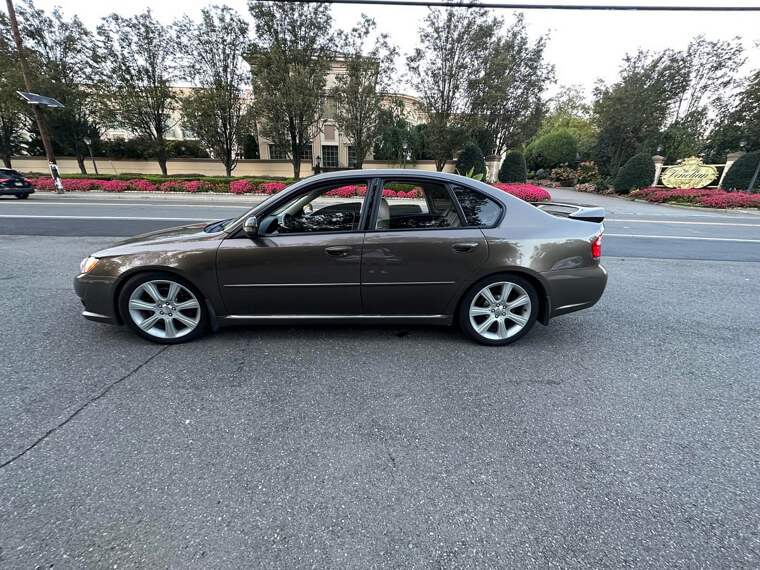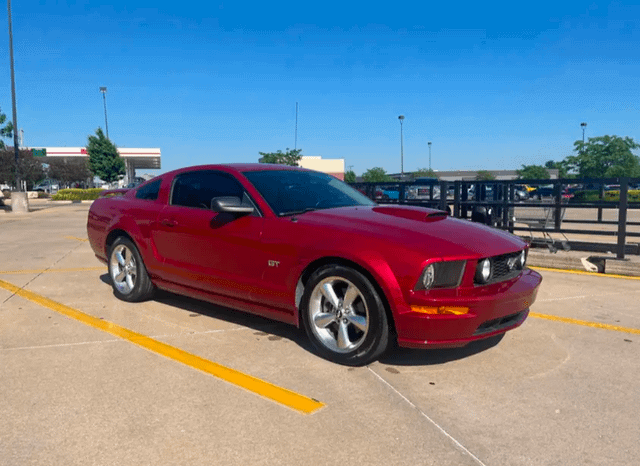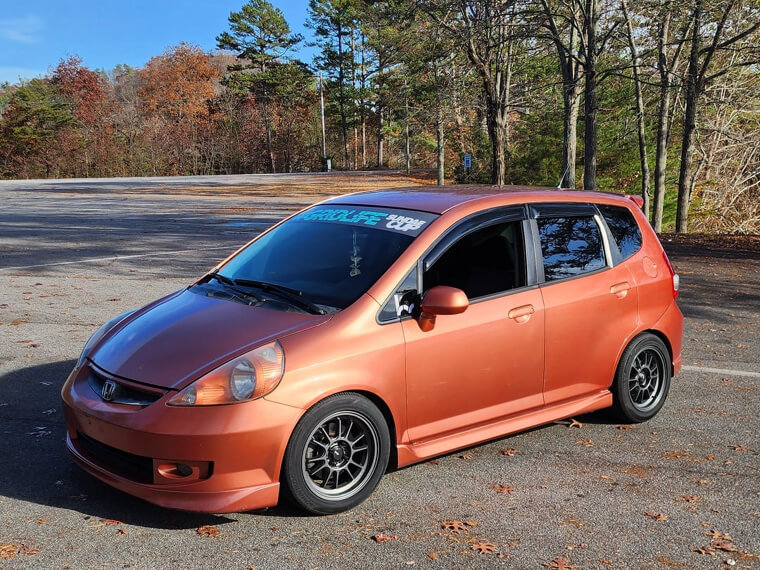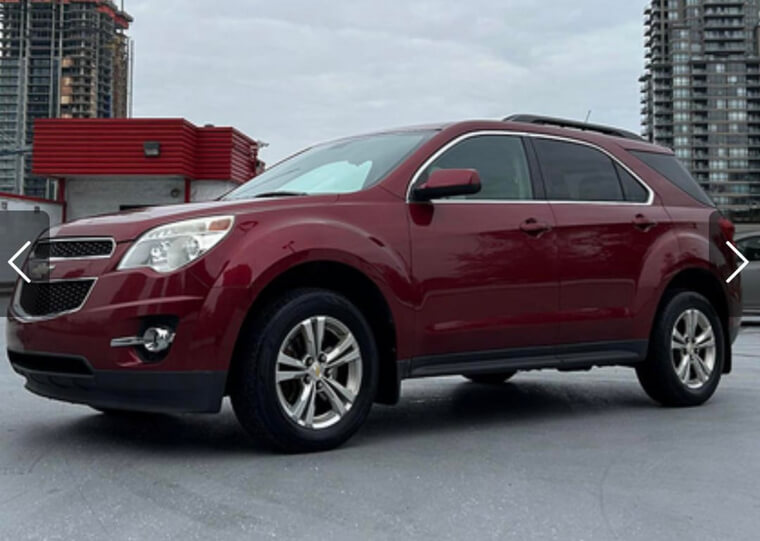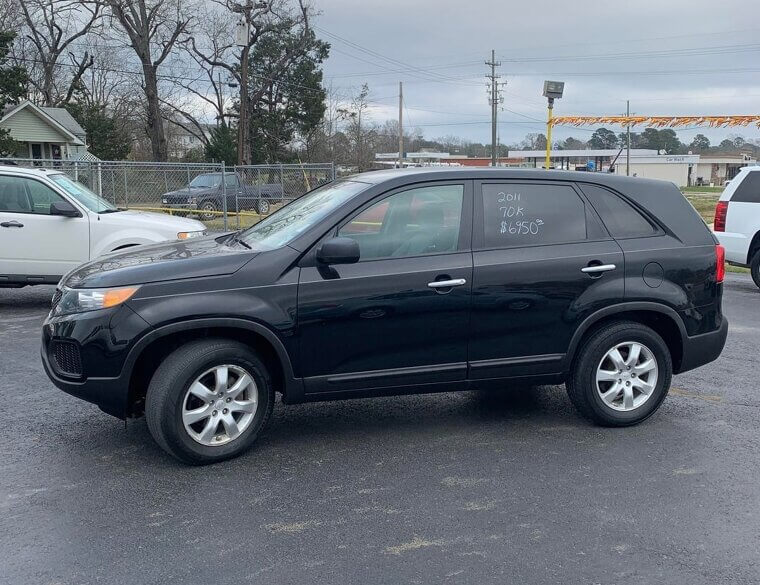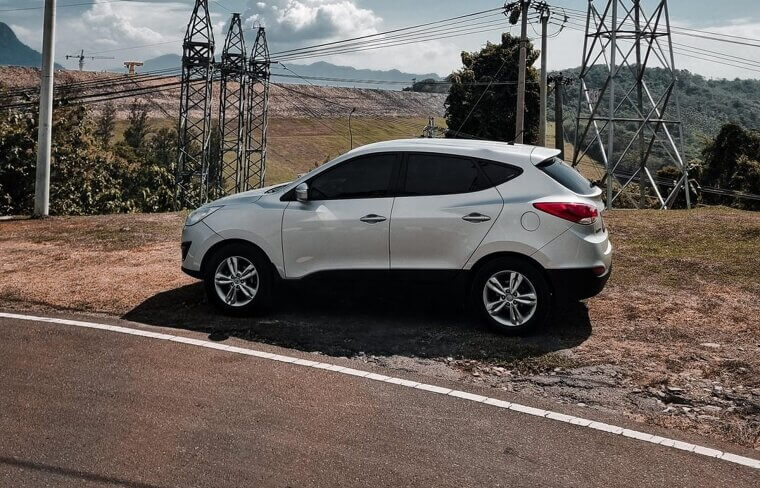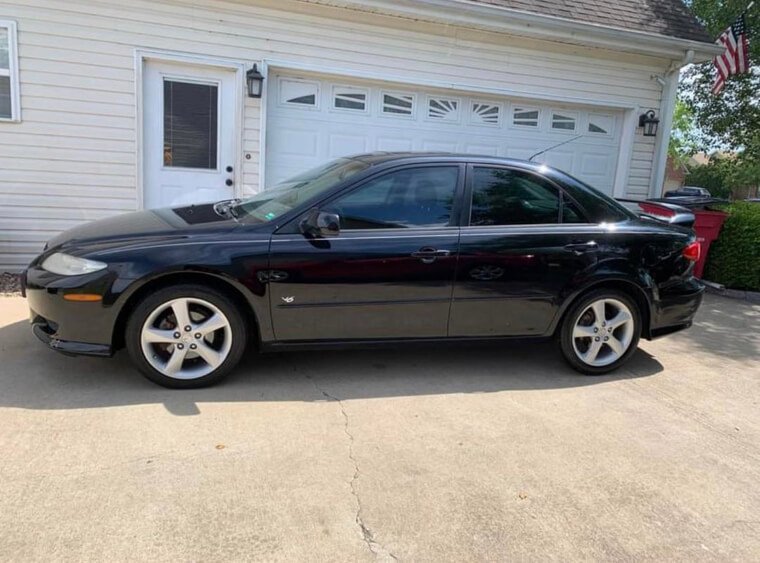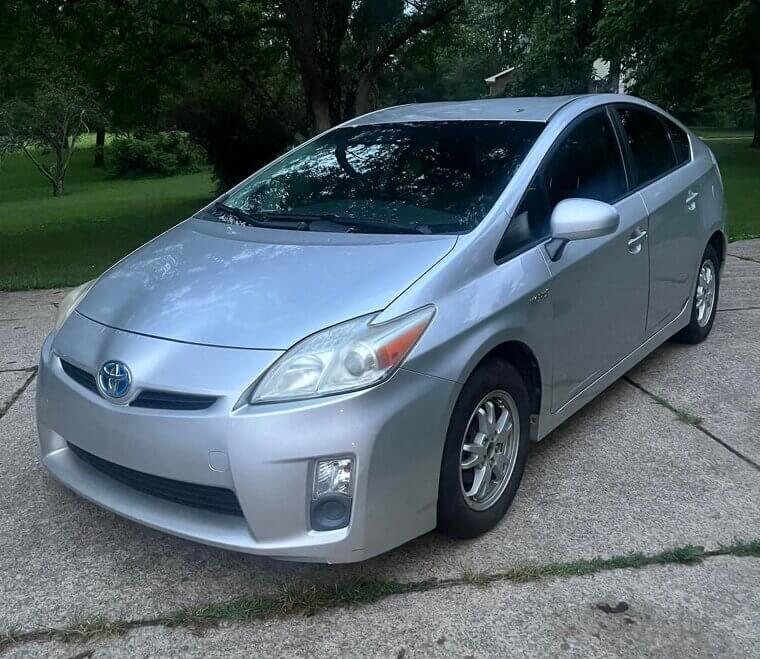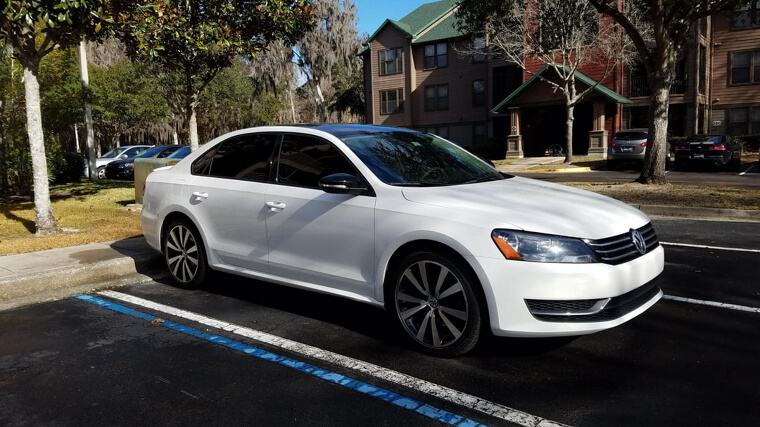Toyota Corolla (1990s–early 2000s)
Ask any seasoned mechanic what car will outlast nearly anything else, and you’ll hear the same name: Corolla. The 1990s and early 2000s models are legendary for their simplicity and longevity. These cars were built before automakers started packing vehicles with complex electronics that seem to fail the moment the warranty ends. The old Corollas ran on basic, bulletproof engines that could easily surpass 300,000 miles with regular maintenance. They were cheap to fix, forgiving of neglect, and surprisingly fuel-efficient for their age. Mechanics appreciate their honesty: no fancy screens, no delicate sensors, just solid engineering. Newer Corollas are still dependable, but those older versions have the kind of mechanical integrity that modern cars rarely match.
Honda Civic (1996–2005)
Before the Civic became a design experiment, it was a masterpiece of practicality. The late 90s and early 2000s Civics earned a reputation for being nearly indestructible. Their small engines were easy to work on, parts were plentiful, and maintenance rarely broke the bank. These cars were lightweight yet surprisingly durable, making them favorites among commuters and first-time drivers alike. Mechanics love that everything under the hood is accessible, and the electronics are minimal. They run smoothly for decades if treated decently, and even poorly maintained ones often just keep going. The newer Civics might look sleeker, but those older ones embody everything drivers loved about Honda in the first place: efficiency, simplicity, and an uncanny ability to start every morning without complaint.
Toyota Tacoma (1995–2004)
The first-generation Tacoma is the kind of truck mechanics point to when explaining why “they don’t make them like they used to.” These mid-size pickups were built with straightforward engineering, rugged frames, and engines that rarely quit. Mechanics appreciate that they’re easy to service, with few electronic headaches. They handle off-road adventures and daily commutes equally well, and owners often keep them for decades. Rust is one of the only real concerns, but even that’s fixable. Newer Tacomas are comfortable, but they’re also loaded with computers and sensors that add complexity. The older models prove that trucks were once designed for endurance, not just aesthetics.
Honda Accord (1994–2002)
The sixth-generation Accord is a favorite among long-time mechanics because it represents the perfect balance between reliability and refinement. The engines were strong, the transmissions dependable, and the interiors built to last. Many of these cars still run beautifully today, needing little more than oil changes and timing belts. They were designed before modern electronics complicated everything under the hood. Owners could handle basic maintenance themselves, and mechanics appreciated cars that made sense to work on. Compared to today’s Accords, filled with sensors and turbocharged engines, the old models are refreshingly straightforward and solid as ever.
Lexus LS400 (1990–2000)
When Lexus introduced the LS400, it aimed to rival Mercedes-Benz. What they accidentally created was one of the most reliable luxury sedans in history. Mechanics admire the precision of its V8 engine and the quality of its construction. Everything was overbuilt, from the door hinges to the suspension components. These cars still glide quietly down highways after hundreds of thousands of miles. The LS400 proved that luxury and reliability could coexist, a combination that’s rare today. Modern luxury cars might have more gadgets, but they also have more headaches. The older Lexus simply keeps running, year after year, without complaint.
Chevrolet Silverado (1999–2006)
Ask a mechanic about dependable American trucks, and they’ll likely mention the early 2000s Silverado. It had powerful yet simple V8 engines, sturdy frames, and plenty of space under the hood for maintenance. These trucks were built before electronics took over and before everything required a diagnostic computer. Mechanics loved how easy they were to repair, and owners loved how long they lasted. Even today, it’s common to see one hauling equipment or towing campers with over 250,000 miles. The Silverado has evolved, but those older ones embody what a work truck should be: tough, honest, and endlessly fixable.
Subaru Outback (1999–2004)
Long before crossovers took over, the Subaru Outback earned its reputation as the practical adventurer’s car. The older models had simple boxer engines, manual transmissions, and solid all-wheel-drive systems that rarely failed. Mechanics liked that they were easy to service and that parts were relatively affordable. While newer Subarus have more technology, they also have more problems, particularly with sensors and electronics. The old Outbacks just needed oil, coolant, and a little attention to the head gaskets. They could handle snow, dirt, and long road trips without fuss. For many drivers, these models remain the perfect balance between comfort and utility.
Toyota 4Runner (1996–2002)
Mechanics often speak about this generation of the 4Runner with genuine respect. It’s one of the most durable SUVs ever built, capable of hitting 300,000 miles without drama. The engines were simple and strong, the transmissions bulletproof, and the interiors built to withstand years of use. Mechanics appreciate how straightforward it is to work on- no endless plastic covers or hidden bolts. The newer 4Runners are good, but these older ones are purer in design and easier to maintain. They represent an era when Toyota’s priority was durability, not just driver comfort.
Mazda Miata (1990–2005)
Mechanics love the Miata for its simplicity. It’s one of those rare cars where you can access everything without removing half the engine bay. The first and second generations are remarkably easy to maintain, and parts are affordable. The Miata’s reliability is legendary- it rarely breaks, and when it does, the repair process feels more like tinkering than fixing. Mechanics admire its lightweight design and lack of unnecessary features. While newer sports cars focus on computers and horsepower, the older Miatas remind everyone that a well-built machine doesn’t need complexity to be fun or dependable.
Nissan Frontier (1998–2004)
Before trucks became luxury items, the Nissan Frontier was a no-nonsense workhorse. Mechanics appreciate these older models for their reliability and straightforward design. The four-cylinder versions, in particular, are nearly indestructible. There’s enough space to reach everything, and repairs rarely require special tools. Frontiers from this era were popular with tradespeople because they started every morning, handled heavy loads, and rarely complained. Newer trucks may have more comfort features, but they also come with a higher repair bill. These older Frontiers remain a favorite among mechanics who value trucks that do their job without any drama.
Acura TL (2004–2008)
Before luxury sedans became overly complicated, Acura built the TL- a car that combined performance and dependability in equal measure. Mechanics love this generation because it’s one of the last with a naturally aspirated V6 that could run for ages without issues. The transmission is strong, the interior materials age gracefully, and repairs are straightforward. Owners still praise them for being smooth, quick, and solidly built. Modern Acuras may have advanced tech, but those older TLs deliver something more valuable: confidence that nothing under the hood is waiting to fail.
Chevrolet Impala (2000–2011)
The early 2000s Impala might not win design awards, but mechanics still speak highly of its dependability. These cars were built before touchscreens and complex drivetrains took over, relying instead on sturdy V6 engines that could handle hundreds of thousands of miles. Mechanics love their simplicity: few sensors, plenty of working space under the hood, and parts that cost next to nothing. They start up easily, rarely overheat, and keep going with basic care. While newer Impalas were burdened with electronics and design experiments, these older models were made for families who valued longevity over flash. They may not look exciting, but mechanics agree that’s exactly why they’re still running
Toyota Camry (1997–2006)
If there’s a single car mechanics point to when discussing reliability, it’s the late 90s and early 2000s Camry. These cars define the phrase “runs forever.” Their engines are simple, overbuilt, and forgiving, even when maintenance slips. Mechanics love the easy access to components, the abundance of parts, and the near-total lack of surprises. Owners often forget when they last changed the oil, and somehow the car still starts. Modern Camrys are comfortable and loaded with features, but those older ones are pure function. Mechanics know they can fix anything on a Camry without a laptop, which is why they’ll always recommend one.
BMW 3 Series (E46, 1999–2006)
Ask a mechanic who appreciates German engineering, and they’ll likely mention the E46 generation of the BMW 3 Series. It represents the last era when BMW built cars for drivers instead of software. These models combined balance, simplicity, and mechanical precision. The straight-six engine is easy to work on, the handling is perfectly tuned, and the interior is durable without being flashy. Modern BMWs are burdened with sensors, electronic steering, and expensive maintenance routines. The E46, however, is straightforward enough that independent mechanics still enjoy repairing them. It’s one of the few European cars where reliability and enjoyment meet comfortably under the hood.
Ford F-150 (1997–2008)
The older F-150s were workhorses through and through. Mechanics love them because they’re tough, fixable, and built for people who actually used their trucks for work. The engines, especially the 4.6 and 5.4-liter V8s, were known to run forever if serviced regularly. The suspension was straightforward, the frames solid, and the interiors practical. Unlike modern trucks that require diagnostic tools for everything, the older F-150s rely on good old-fashioned wrenches. Mechanics often say that these trucks will still be on the road long after today’s touchscreen models retire early. They might rattle a bit, but they never quit.
Honda CR-V (1997–2006)
Mechanics love the early CR-V for the same reason drivers do: it’s endlessly reliable and easy to live with. Built on the same foundation as the Civic, the older CR-Vs had simple engines and durable transmissions. They were roomy, lightweight, and incredibly easy to repair. You could take one apart and put it back together in an afternoon. The newer models are comfortable but far more complicated. The old CR-Vs were built for function, not flash, which is exactly why they’ve become legends among mechanics. Many still roll into repair shops for basic service, proof that a good design never needs reinventing.
Subaru Forester (1998–2008)
The first two generations of the Subaru Forester hold a special place in mechanics’ hearts. These boxy, practical wagons offered real all-wheel drive and minimal fuss. The engines were reliable and easy to service, and even major repairs were manageable. They handled rough roads without complaint and could survive nearly anything short of neglect. Modern Foresters are fine cars, but their complexity means more expensive maintenance. Older ones were honest machines that did exactly what they promised: get you where you needed to go in any weather. Mechanics appreciate a car that never overpromises, and the Forester fit that perfectly.
Mercedes-Benz E-Class (W124, 1986–1995)
When mechanics talk about cars “built to last,” the Mercedes W124 is almost always mentioned. This generation of the E-Class was over-engineered in the best possible way. Its engines were strong, the interiors felt indestructible, and the body panels were solid enough to make modern sedans look flimsy. Mechanics admire how everything was designed for long-term serviceability. You can still find these cars running smoothly after decades on the road. Modern Mercedes models are filled with software and sensors that fail long before the engine does. The W124 proves that true luxury comes from reliability, not complexity.
Chevrolet Tahoe (1995–2006)
The first two generations of the Chevy Tahoe were built for durability. Mechanics love them for their straightforward truck-based design and the bulletproof small-block V8 engines. These SUVs can handle towing, off-roading, and daily driving without breaking a sweat. The interiors are simple and roomy, and maintenance is easy. The newer Tahoes are loaded with tech features that often fail before the drivetrain does, but the older models are dependable in the way trucks used to be. Mechanics still see them come in for routine oil changes, not major breakdowns, which says it all.
Mazda3 (2004–2009)
The first-generation Mazda3 was built at a time when Mazda focused on fun, simplicity, and dependability. Mechanics admire these models for being both reliable and surprisingly enjoyable to drive. The engines are robust, the suspensions are durable, and repairs are affordable. They were designed to be practical but not boring, which makes them a favorite among both owners and the people who fix them. Modern compact cars often sacrifice reliability for features, but these older Mazda3s get everything right. Mechanics know that with a few basic tools, they can keep one running for decades.
Toyota Highlander (2008–2013)
Mechanics praise this generation of the Highlander for its mechanical honesty. It came before Toyota downsized its engines and added layers of hybrid tech and electronics. These Highlanders are known for their near-indestructible V6 engines, smooth transmissions, and roomy interiors that never seem to rattle apart. They require regular maintenance but little else. The design is simple, the build quality outstanding, and parts are easy to find. Modern Highlanders are efficient, but they also rely heavily on sensors and digital systems that raise repair costs. The older version reminds mechanics why Toyota earned its reputation in the first place: durability you can trust.
Subaru Legacy (2005–2009)
Mechanics like this generation of the Legacy because it represents Subaru before things got too complicated. The engines were reliable, the all-wheel-drive system was bulletproof, and the design was still easy to service. It has fewer electronics than newer Subarus, and you can access almost every part without needing special tools. These models are known for surviving snowy climates and high mileage with minimal drama. Mechanics also note that the build quality feels more solid than the newer versions, which often come in with electrical quirks or infotainment complaints. The 2000s Legacy was simple, tough, and consistent, a combination that’s harder to find today.
Ford Mustang (2005–2010)
Mechanics often say this generation of Mustang was the last truly “hands-on” model. It kept the muscle car spirit alive without modern overengineering. The V6 and V8 engines were strong, reliable, and easy to modify or repair. Mechanics love how accessible everything is under the hood, a rarity in today’s tightly packed engine bays. These cars have real character and don’t depend on digital systems to deliver their performance. New Mustangs are faster, but they’re also far more complex. The older ones remind mechanics of when muscle cars were built for the garage as much as for the road.
Honda Fit (2007–2014)
The first-generation Fit is a mechanic’s dream because it’s both clever and easy to fix. It’s light, efficient, and equipped with one of the most dependable small engines Honda ever made. Mechanics appreciate how simple maintenance is- fluids, brakes, and belts are all easy to reach. The older Fit has a level of practicality that newer models have complicated with tech and hybrid systems. It’s the kind of car that rewards regular care and shrugs off neglect. The Fit’s folding “magic seats” and brilliant use of space make it a favorite for owners and mechanics alike.
Chevrolet Equinox (2010–2015)
The early 2010s Equinox often surprises people with how sturdy it is. Mechanics appreciate its reliable engines, straightforward design, and low-cost parts. It was built during an era when Chevrolet was improving quality without adding too much complexity. The engines are easy to service, and common issues are predictable and inexpensive to fix. Later versions became more refined but also more delicate. The older Equinox represents a time when practicality mattered most. Mechanics like that it does its job without overcomplicating things- a simple, dependable SUV that still shows up regularly for routine maintenance rather than major repairs.
Kia Sorento (2011–2015)
The Sorento from this era is well-loved by mechanics for one main reason: dependability without drama. It’s not flashy, but it’s built with care and holds up well to daily use. The engines and transmissions are solid, and there’s plenty of room to work under the hood. The electronics are minimal and rarely fail. Modern Sorentos are packed with features and hybrid options, but they also bring more repair headaches. The older models just keep running with basic upkeep. Mechanics see them as the perfect middle ground between comfort and simplicity, a quality Kia has since left behind.
Hyundai Tucson (2010–2015)
The Tucson of the early 2010s was straightforward and strong, the kind of SUV that could take heavy use and keep going. Mechanics love that it’s mechanically simple, affordable to repair, and built with durable materials. The engines are reliable, and the transmissions are easy to service. Newer Tucsons may have better technology and mileage, but they also have more fragile components that raise costs. The older Tucson isn’t glamorous, but it’s the kind of practical, low-maintenance vehicle mechanics respect. It represents a time when Hyundai focused on function above all else.
Mazda6 (2004–2008)
Mechanics have a soft spot for this generation of the Mazda6 because it combines sporty handling with bulletproof reliability. The engines are well-built, the suspension sturdy, and repairs are refreshingly simple. Mazda hadn’t yet overloaded the car with complicated electronics, so everything from oil changes to alternator replacements is straightforward. The newer Mazda6 models are beautiful but less forgiving when something fails. The early ones have that perfect balance of performance and simplicity, which is why many mechanics still recommend them as dependable used cars that feel far more premium than their price suggests.
Toyota Prius (2010–2015)
Even mechanics who roll their eyes at hybrids give this generation of Prius some respect. It was built during Toyota’s peak reliability years, with a hybrid system so well-designed it routinely lasts over 200,000 miles. The electric components are durable, and the gasoline engine is one of the most dependable four-cylinders ever produced. Repairs are predictable, and maintenance costs are reasonable compared to newer plug-in hybrids with far more complexity. The older Prius models are the benchmark for hybrid durability, and mechanics often use them as the standard for how modern systems should be built.
Volkswagen Passat (2012–2018)
Mechanics who work on European cars often single out this generation of the Passat as one of Volkswagen’s best-balanced efforts. It offers solid build quality without the excessive complexity of newer models. The engines, especially the 1.8 and 2.5-liter versions, are dependable when maintained properly, and the interiors hold up well over time. Repairs are more straightforward than on recent Volkswagens, and parts are widely available. Newer Passats are sleeker but more prone to electrical problems. The older ones remind mechanics of a time when Volkswagen cared about simplicity as much as refinement.

